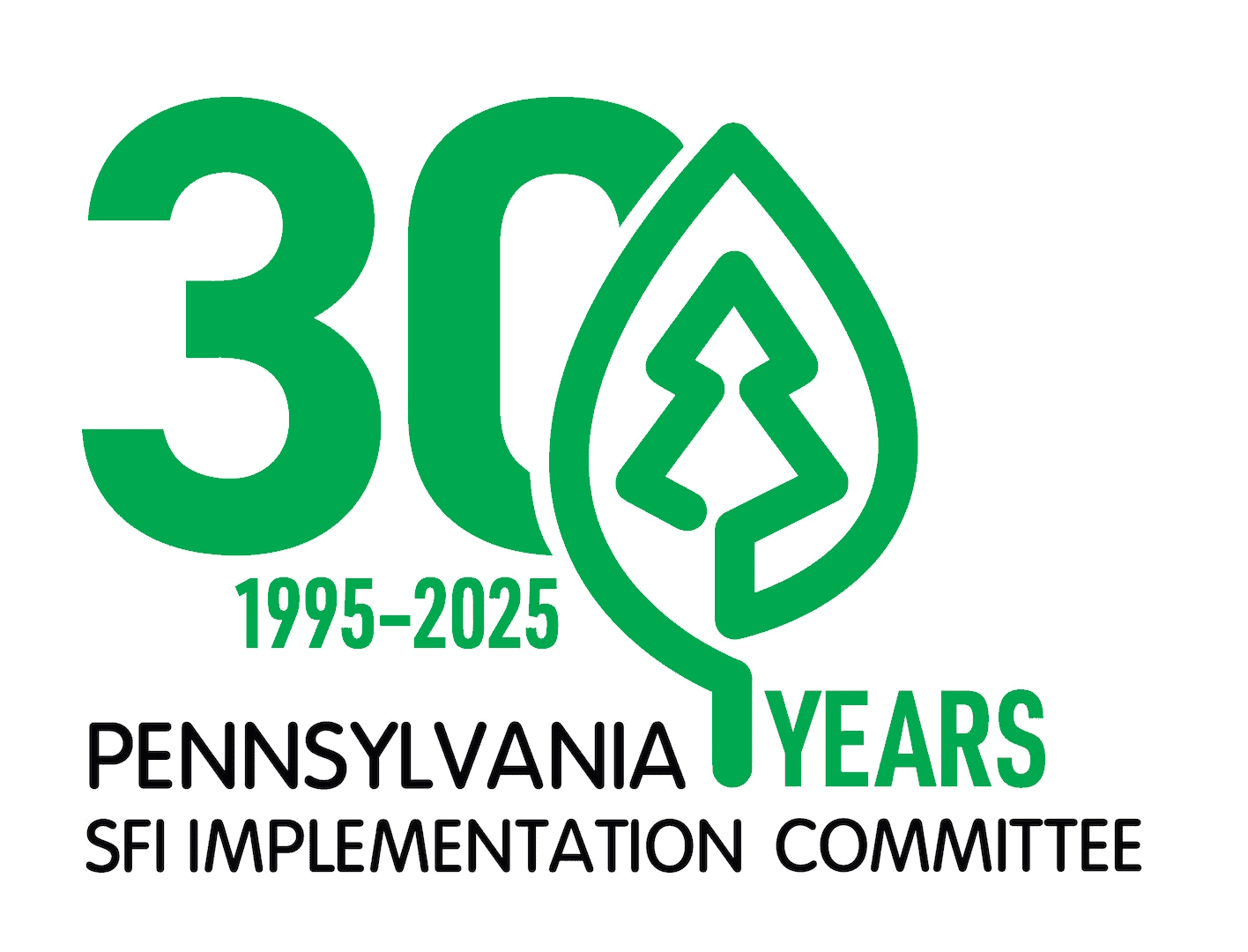
PLANNING >> DEVELOPING A PLAN
Developing a forest management plan involves identifying what you value about your forest, locating and marking your property boundaries, inventorying resources, and writing a detailed but flexible strategy for achieving your objectives. The plan serves as your roadmap for maintaining and improving your forest, ensuring it aligns with your vision and adapts over time. Consulting with experts and regularly updating the plan are key to its success.
IDENTIFYING YOUR FOREST VALUES
The first step in developing a management plan is to identify what you value about you forest. What about your forest is important to you today and in the future? How do you currently use the land and how is that likely to change? What are your concerns about your woodlands? What vision do you have for your woods? The answers to these questions clearly establish how you think about your forest. You are describing what is important. These values build the basis for your forest management plan and direct the management actions that will be utilized to maintain or improve them.
IDENTIFYING AND MAINTAINING YOUR PROPERTY LINES AND CORNERS
Identifying and marking property boundary lines and corners is an important step in preparing to manage a forest. Poorly marked boundary lines could lead to timber trespass, that is, the harvesting of a neighbor’s timber. Pennsylvania’s Timber Trespass Law (Title 42 § 8311) allows landowners to bring a civil lawsuit to recover three times the value of the timber cut or removed in cases of intentional trespass or two times the value for negligent trespass. Property deeds, topographic maps, and aerial photographs will greatly aid in identifying and re-establishing your boundaries; however, landowners may need to hire a licensed professional surveyor. Management plans should include a map showing the location of the property, boundaries, access, timber stands/management units, soil types, and other key features of the property.
INVENTORYING RESOURCES ON YOUR PROPERTY
Once ownership objectives have been defined and boundary lines have been identified, resources can be inventoried. An inventory of the resources on a property would include general plant/tree communities, water resources (streams, spring seeps, wetlands, vernal ponds), soils, and unique areas (endangered, threatened, or rare species habitat, geological features, historical and archaeological sites, features or areas of personal importance, etc.). The inventory should take into consideration how the resources on the property fit in with the surrounding landscape.
CREATING A WRITTEN MANAGEMENT PLAN
A forest management plan applies the landowner’s values to their forest and then creates a timetable or schedule for the completion of the recommended activities that work towards maintaining or improving those values. The careful development of a forest management plan in consultation with a knowledgeable forest resource professional is essential if landowners are to maintain what is most important to them about their forest. The forest management plan is the blueprint of activities for caring for their forest. It is important to remember, too, that the management plan is not “cast in stone,” but is an evolving plan that should be periodically reviewed and updated.


